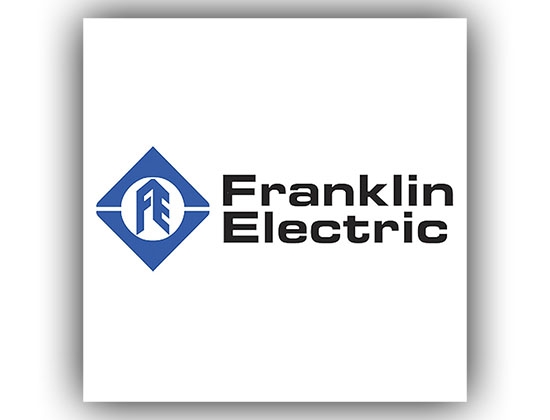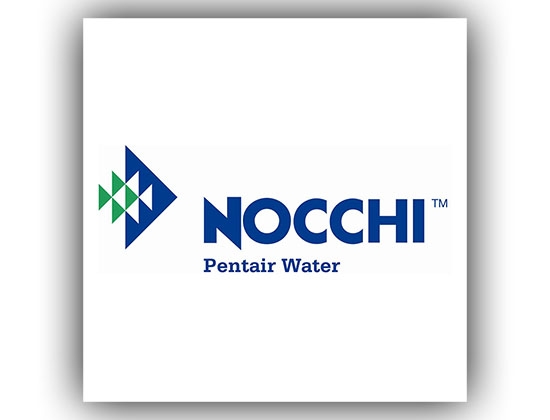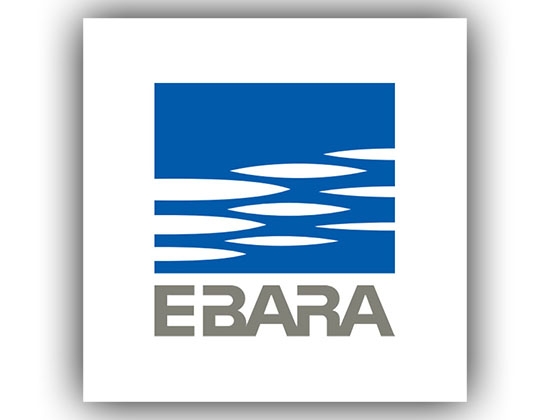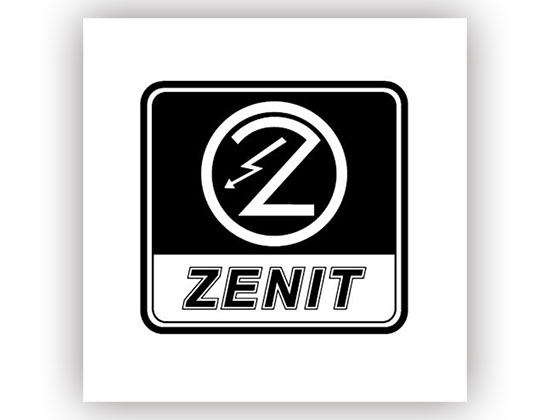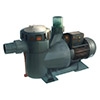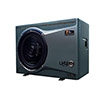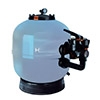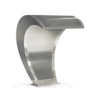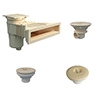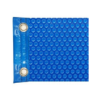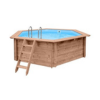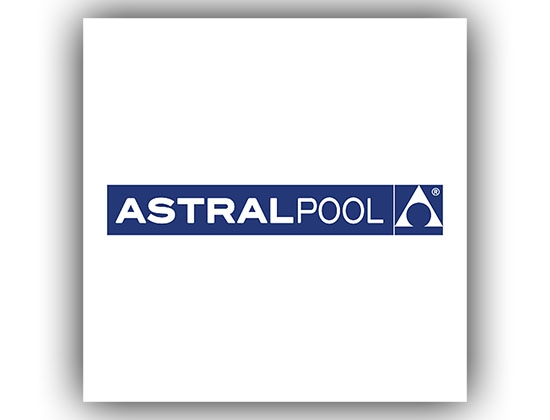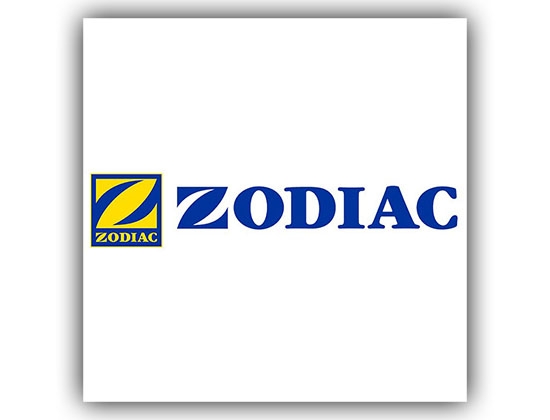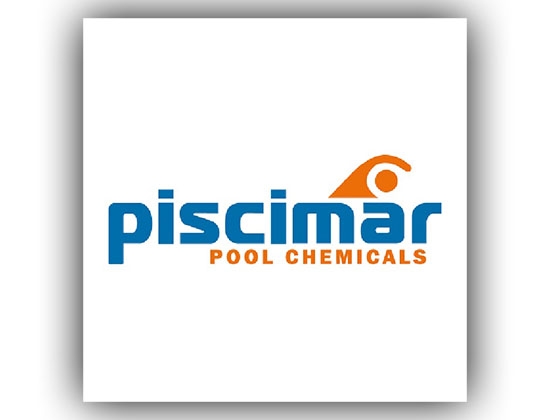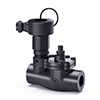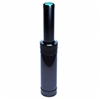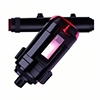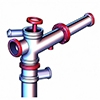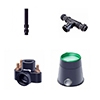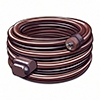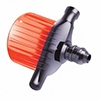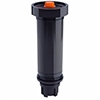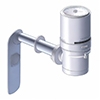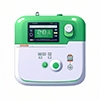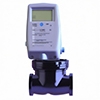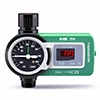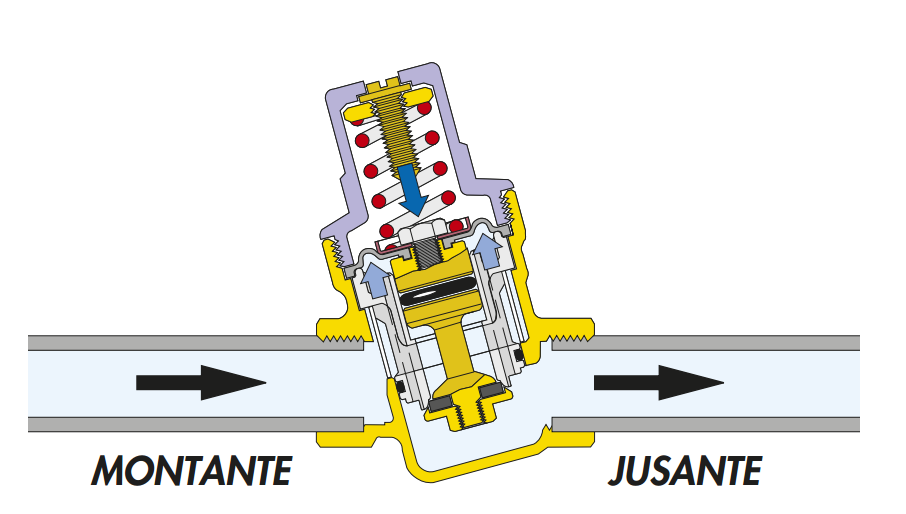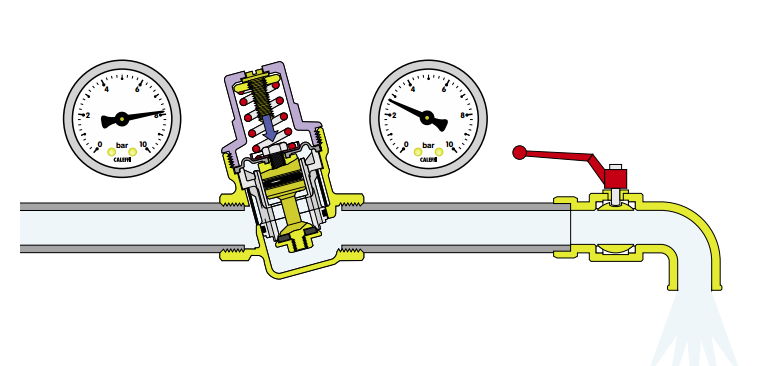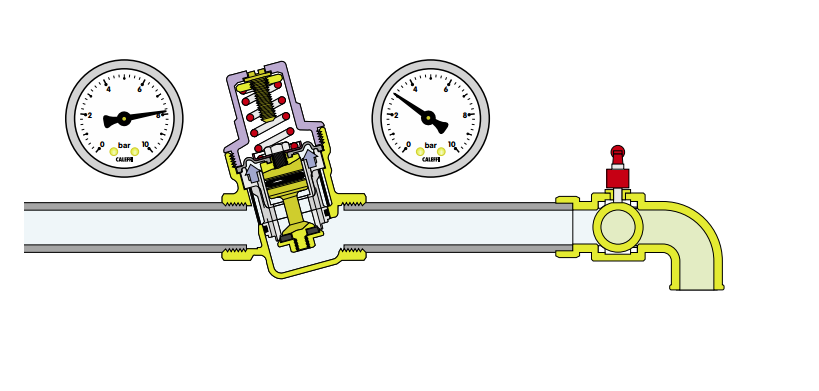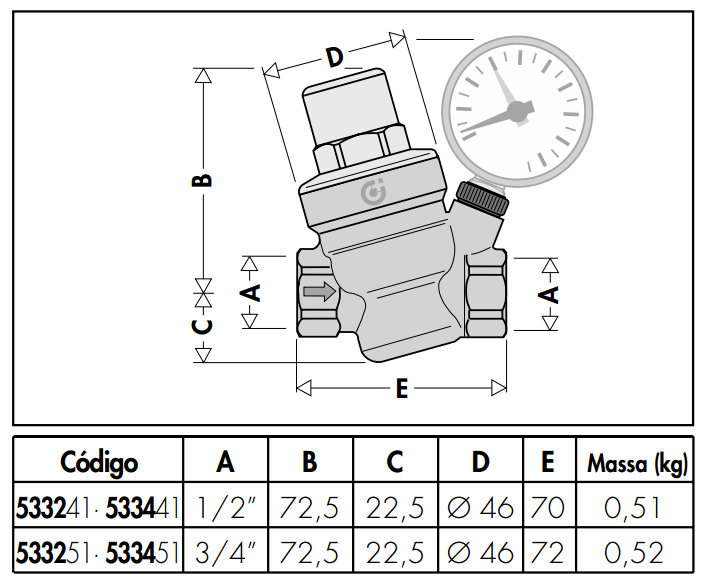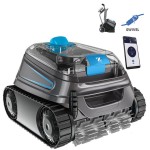| Product Name | Price | Delivery | Qty |
|---|---|---|---|
| Pressure Reducing Valve with 1/2" Callefi Pressure Gauge Cód.36CAL-533241 |
€62.36 €43.65 |
||
| Pressure Reducing Valve with Callefi 3/4" Pressure Gauge Cód.36CAL-533251 |
€72.94 €51.95 |
Product Description
Pressure reducing valves are devices that, installed in the private water distribution network, reduce and stabilize the inlet pressure of the public network, which is generally too high and variable for correct use in domestic installations.
The 533 series was designed for use in small installations, such as apartments, to protect the water heater, where reduced space requirements and no operating noise are important.
Technical characteristics
Materials: Body: brass EN 12165 CW617N, chrome plated
Cover: PA66GF30
Control rod: anti-dezincification alloy EN 12165 CW602N
Cartridge: POM
Internal components: brass EN 12165 CW617N
Membrane: NBR
Seals: NBR
Filter: stainless steel
Benefits
Max. upstream pressure: 16 bar
Downstream pressure regulation range: 1÷6 bar
Factory setting: 3 bar
Max. operating temperature: 40°C
Pressure gauge scale: 0÷10 bar
Fluids used: water
Links
Main connections: 1/2" and 3/4"
Pressure gauge connections: 1/4” F
Operating principle
The pressure reducer works based on the balance of two opposing forces:
1 the spring force against the opening of the passage section.
2 the force of the membrane against the closure of the passage section.
Operation with consumption
When a tap is opened, the spring force becomes greater than the opposing force of the membrane; the shutter moves downwards, opening the passage to the water. The greater the water consumption, the greater the decrease in pressure under the membrane, thus causing a greater passage of fluid through the passage section.
Operation without consumption
When all the taps are closed, the downstream pressure increases and pushes the membrane upwards. In this way, the shutter closes the passage section, keeping the pressure constant at the regulation value. A minimal difference in the force exerted by the membrane, in relation to that exerted by the spring, causes the device to close.



